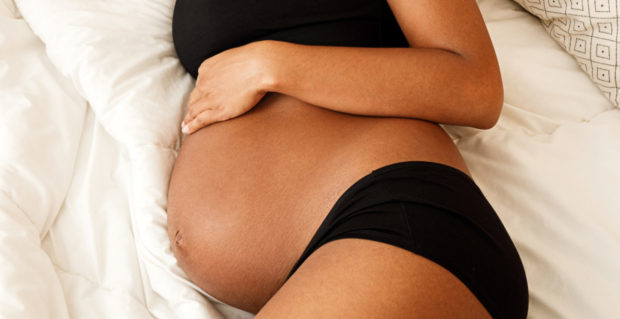
Pregnant women from black, Asian and minority ethnic (BAME) backgrounds will receive more NHS support after research showed they are at higher risk from Covid-19.
NHS England is calling on doctors and midwives to lower their threshold for reviewing and admitting BAME pregnant women to hospital or for escalating any concerns to other team members.
Hospitals will also be expected to discuss vitamins and supplements with all women after research suggested those with low levels of vitamin D may be more vulnerable to coronavirus.
Women with darker skin or those who always cover their skin when outside may be at particular risk from low vitamin D and should consider taking a daily supplement all year-round, NHS England said.
Hospitals are also being urged to record the ethnicity of every woman, as well as other risk factors, such as whether women live in a deprived area, what other health conditions they have, their body mass index (BMI) and their age.
NHS England also wants to see “tailored communications” to help support women from BAME backgrounds.
Research from 194 obstetric units in the UK, published in the British Medical Journal (BMJ) at the end of May, found that black pregnant women are eight times more likely to be admitted to hospital with Covid-19 than white women, while Asian women are four times as likely.
The data, from 427 pregnant women, found that 56% of the group were from BAME backgrounds, 69% were overweight or obese, 41% were aged 35 or over, and 34% had pre-existing health conditions.
Chief midwifery officer for England, Jacqueline Dunkley-Bent, has written to all maternity units outlining the action they must take.
She said: “While Public Health England is continuing to assess and advise on the impact of the Covid-19 outbreak on ethnic groups, I want to make sure that the NHS is doing everything we can to reach out, reassure and support those pregnant women and new mums most at risk.
“Understandably, the pandemic has caused pregnant women increased anxiety over the last couple of months, but I want to make sure that every pregnant woman in England knows that the NHS is here for them – if you have any doubt whatsoever that something isn’t right with you or your baby, contact your midwife immediately.”
NHS England said some women are dismissing fears such as unusual foetal movement due to concerns about attending hospital and catching coronavirus.
All hospitals have also been instructed this week to complete risk assessments for all staff who are at risk of Covid-19.

Enjoy the convenience of having The Sunday Post delivered as a digital ePaper straight to your smartphone, tablet or computer.
Subscribe for only £5.49 a month and enjoy all the benefits of the printed paper as a digital replica.
Subscribe